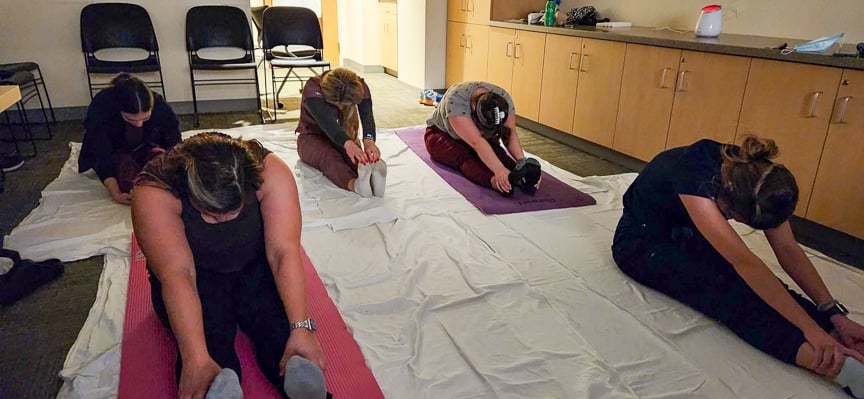Ultrasound Wellness
 The first published account of ergonomic concerns in sonography was termed “sonographer’s shoulder” by Marveen Craig in 1985.3 A subsequent study in 1997 by the Health Care Benefit Trust utilized data collected from almost 1,000 sonographers practicing in the United States. Results showed 84% experienced musculoskeletal pain related to scanning, with neck, shoulder, wrist, hands/fingers, and back as the most commonly affected sites.4 The Industry Standards for the Prevention of Work-Related Musculoskeletal Disorders in Sonography were first published in 2003, and since then, there have been significant ergonomic improvements in the design of sonographic workstation equipment.5 Today, almost all ultrasound systems have some degree of adjustability and sonography exam tables are now designed specifically for various ultrasound applications. Despite these improvements, a 2009 study indicated 90% of clinical sonographers experienced symptoms of WRMSDs, an increase of 9% from the 1997 study.6
The first published account of ergonomic concerns in sonography was termed “sonographer’s shoulder” by Marveen Craig in 1985.3 A subsequent study in 1997 by the Health Care Benefit Trust utilized data collected from almost 1,000 sonographers practicing in the United States. Results showed 84% experienced musculoskeletal pain related to scanning, with neck, shoulder, wrist, hands/fingers, and back as the most commonly affected sites.4 The Industry Standards for the Prevention of Work-Related Musculoskeletal Disorders in Sonography were first published in 2003, and since then, there have been significant ergonomic improvements in the design of sonographic workstation equipment.5 Today, almost all ultrasound systems have some degree of adjustability and sonography exam tables are now designed specifically for various ultrasound applications. Despite these improvements, a 2009 study indicated 90% of clinical sonographers experienced symptoms of WRMSDs, an increase of 9% from the 1997 study.6
Studies like this one from the Society of Diagnostic Medical Sonography and others triggered a response for Ultrasound Manager: Adina Laprade. We have to invest in healthier staff by increasing ergonomics as much as we can and providing healthy breaks to work on our bodies and rest our eyes. My staff and I have started (since February) participating in daily walks around the hospital during lunch and lunch time yoga. Mentally and physically the benefits have been outstanding. Typically 4-6 participants have joined and all the results have been positive. This small activity has built a bond in my team that no other activity prior has seemed to achieve. Health care is stressful, exhausting and has proven to lead to burn out. Taking 20 minutes to enjoy the outdoors, or meditate, breathe while enjoying one another resets us for the rest of the afternoon/work day.
Adina Laprade, RT






